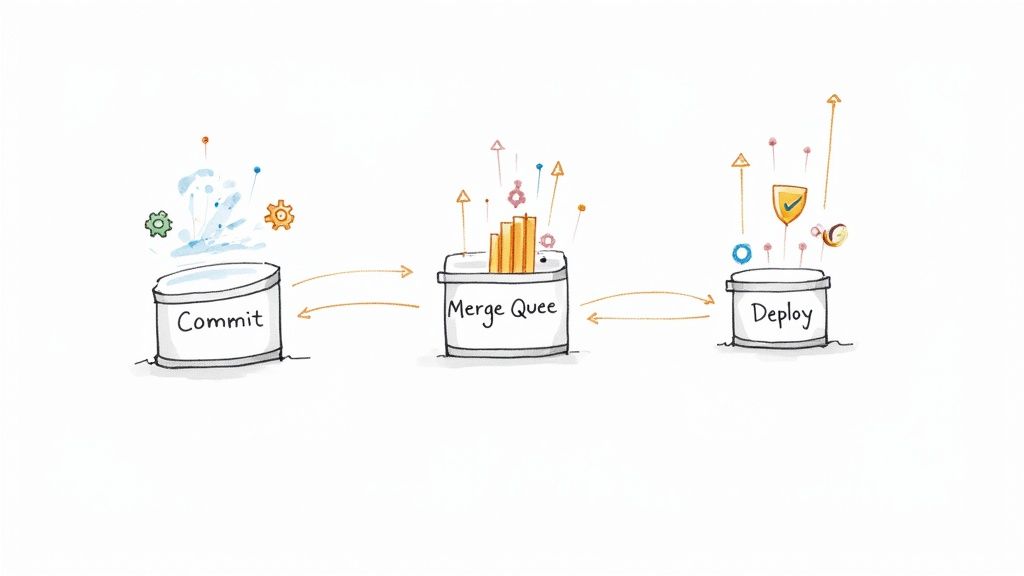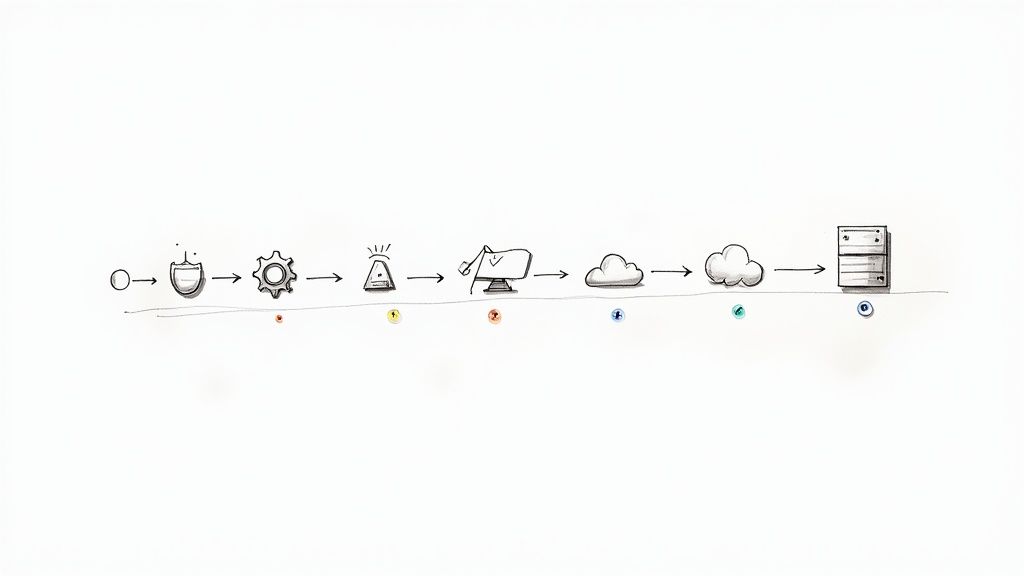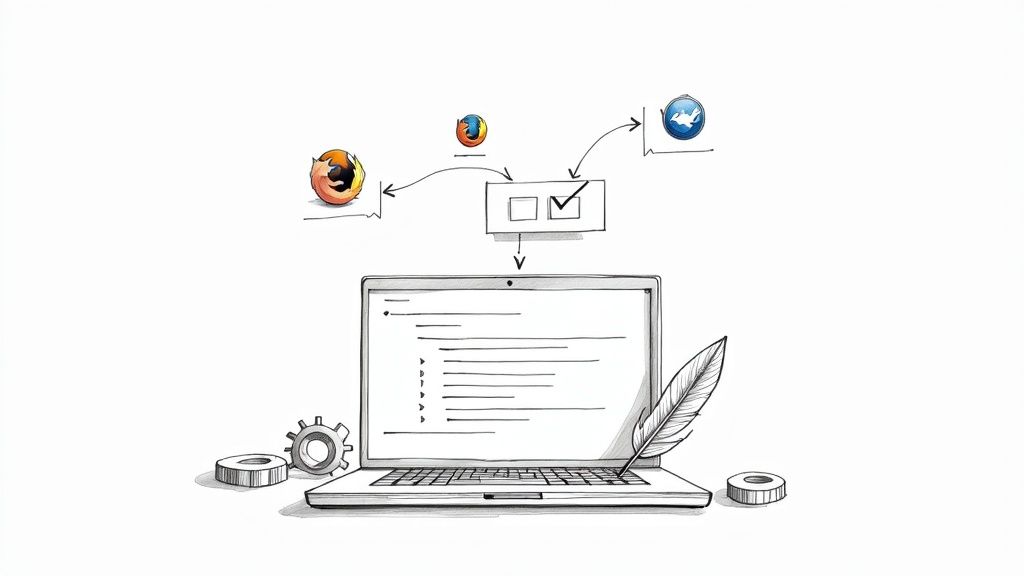What Is a Good Pull Request?
Pull requests are vital for successful collaboration and continuous integration through GitHub or any other Git system. Developers use a pull request to ask the maintainer of the repository to merge the code into the project. A good pull request would have a better chance of immediate approval.
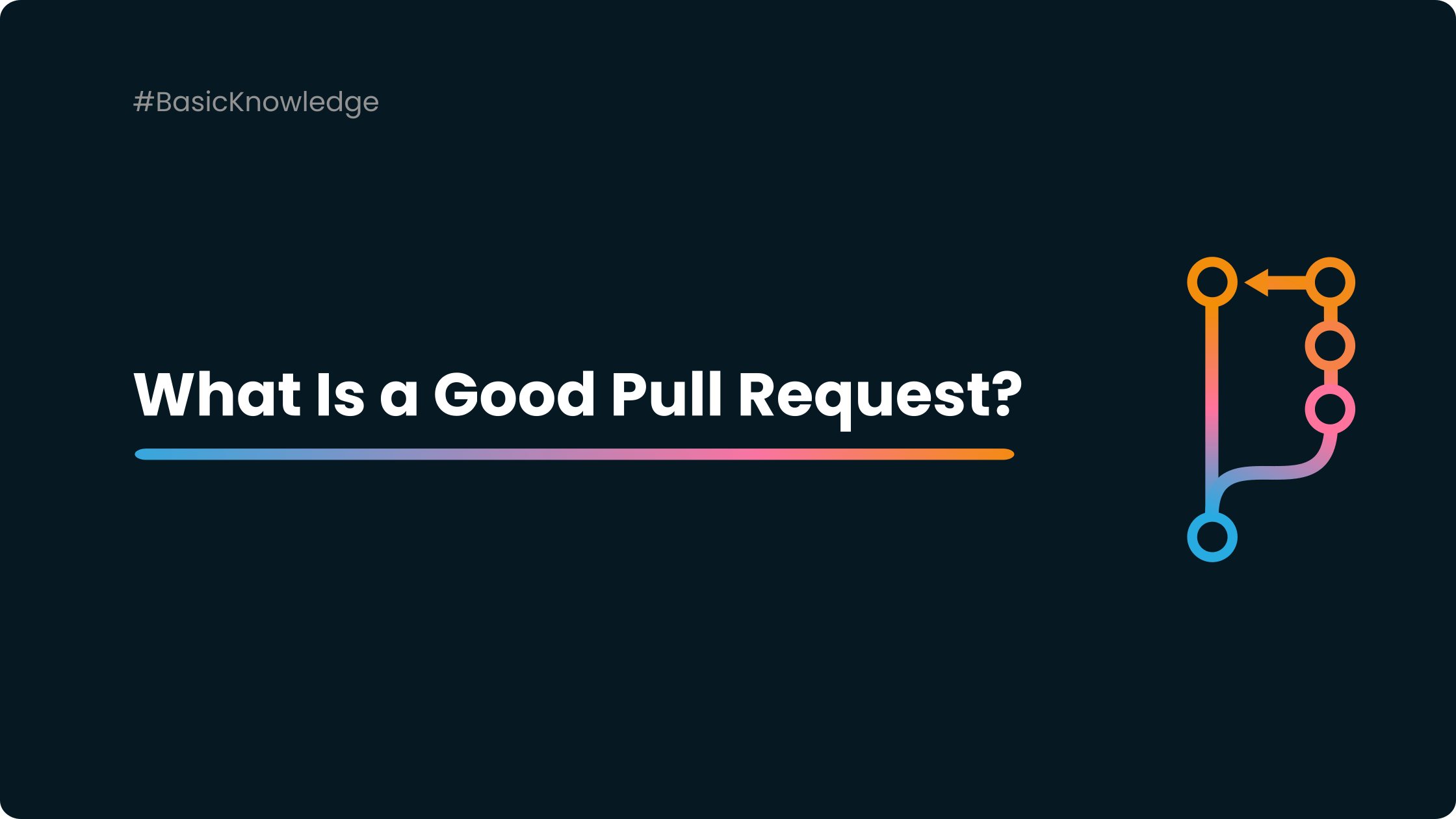
Pull requests or PRs are vital for successful collaboration and continuous integration through GitHub or any other Git system. Developers use a pull request to ask the maintainer of the repository to merge the code into the project. A good pull request would have a better chance of immediate approval.
Pull requests help improve code collaboration and communication between team members, as they can share feedback and implement changes rapidly. As maintainers review pull requests before allowing code merging, they minimize bugs and errors in the code. The development moves fast, and new features can be up and running without disturbing the existing code or user experience.
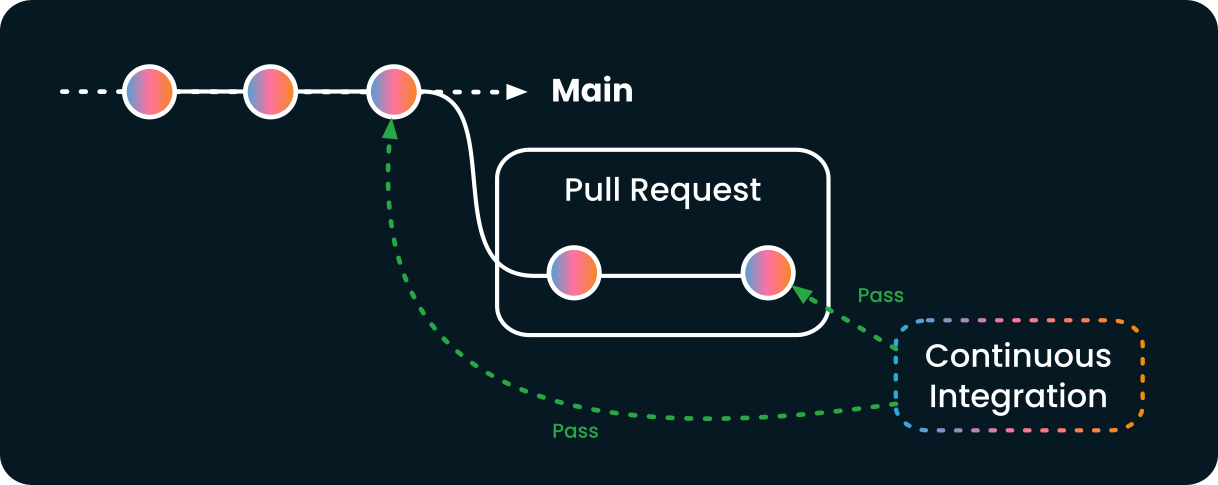
Characteristics of a Good Pull Request
The repository maintainer may get dozens of pull requests but would only approve the ones that are clear and effective. Here's what makes an efficient pull request:
Relevant to the Project
First and foremost, ensure that the changes covered in a pull request align with the specific and broader project goals. The code you hope to introduce into the repository should be purposeful. For instance, if adding a new feature, does the new code successfully implement the desired feature? Does the new feature impact existing functionalities?
Ensure that you understand the requirements for this specific change. After branching the fork, test the code you've updated or added at your end. Only create a pull request when you know the code works and achieves the desired result.
Well-Documented
An effective pull request is well-documented. Even if someone else is assigned to the project, later on, they can quickly understand the changes implemented. Document it with a concise and clear explanation in the request draft and an appropriate title.
Anyone working on the project and reading the request should be able to understand it. Here's what you should document and explain in the pull request:
- What does the change do?
- Were there any architectural changes?
- Are the changes made in one or multiple files?
- Are there any risks that the new code carries?
Easy to Review
A pull request is supposed to streamline the process of changing code; if it's taking longer, it probably could be more effective. The pull request title and description should help the reviewer understand what the changes should do. A well-written pull request would be easier to review.
The approval gets delayed if the pull request and the code are difficult to review. That, in turn, hinders the deployment of any changes or new features. Modern DevOps teams want to commit code rapidly, and delayed reviews can slow down progress, not to mention team morale.
To make code review easy and quick, ensure that the code to review is small. If the change requires a lot of code, consider breaking the pull request down into smaller requests to make the review more manageable.
Similarly, use comments in code and pull requests to explain anything complex or out of the ordinary.
Adhere to Code Standards
When writing code for a pull request, ensure that you're following the company standards. This practice helps keep the code cohesive with already written code and maintains the same quality. With new code in line with existing standards, you can reduce the chances of bugs.
Use the standard practices for coding and testing, regardless of the nature and extent of the change. For instance, if your company uses code segmentation to break code into smaller blocks, follow the same standard with the code you add with the pull request.
The code that aligns with the standard coding practices of the organization would get approved quickly.

Tips for Writing a Good Pull Request
- Use a self-explanatory title – the pull request title should be concise and clear, indicating the main change and part of the project it relates to.
- Keep it short – while adding ample information for context and clarity is recommended, you don't want the description to be too wordy. Don't make the reviewer's job difficult.
- Comment in code – unless you're expressly advised not to add comments, it's generally a good practice to leave in-line comments in code for easy maintenance and clarity.
- Assign other developers – pull requests provide a space for healthy feedback and constructive criticism, so don't be afraid to add other software development team members to hear their opinion.
- Address possible risks – in certain instances, your code may carry some risks. Instead of hiding them, include them in the description.
Conclusion
If you follow the best practices for quality assurance and make your pull request contextual and detailed, it would have a higher chance of approval. A good pull request also eliminates the need for follow-up questions, as the reviewer has all the information to begin the review.
To improve pull request management and merge code quickly and effectively, Mergify is the best solution. With automation, initiating, reviewing, and approving pull requests becomes faster.
Pull requests are simpler with Mergify. Ready to get started? Sign up for your free plan today.


